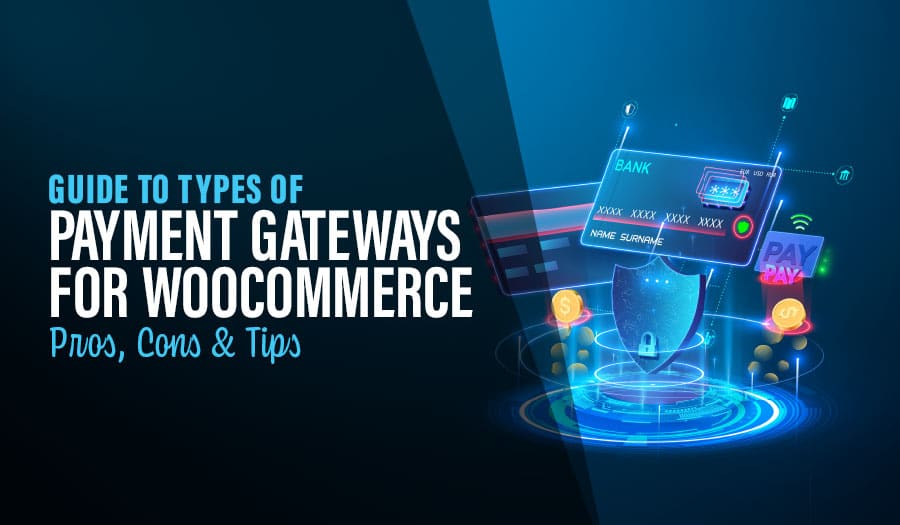When it comes to increasing your business’s revenue, you must analyse your lead management program before you take steps to increase your marketing efforts. Let’s look at 10 Great Ways To Improve Your Website Inbound Leads Management.
If your prospects are being neglected and your leads are slipping through the cracks or being incorrectly managed, your business needs to focus on a review of its processes — rather than increasing marketing spending to gather even more leads.
Your business probably gathers its prospect leads from many sources, including your website. Your business website is an extraordinary tool that serves to promote your business and generate leads for you. Your sales pipeline should be structured so that each important lead is managed correctly.
10 Great Ways To Improve Your Website Inbound Leads Management
- Differentiate between a prospect and a lead
- Install the best customer relationship management (CRM) tool for your business
- Capture your sources
- Rapid response
- Nurture all your leads
- Value each prospect
- The information helps you serve the customer better
- Customer service begins while they are still your prospect
- Measure results to determine your ROI
- Hold regular sales meetings
When your business’ website is handled poorly, your business revenue can suffer massively as a result. To help with this, we’ve put together a list of our top ten tips on how to handle your inbound leads better to help you to ensure your business isn’t missing any important sales opportunities:
1. Differentiate between a prospect and a lead
Estimates say that around 90% of leads that are funnelled through to sales staff are never acted upon. As unbelievable as that figure sounds, there is a significant disconnect between what the rest of the business considers to be a lead, and what the sales team considers to be a lead that should be worked on.
So, what makes a prospect become a worthwhile lead in the eyes of the sales department? Firstly, leads are not always ready to engage with salespeople, which can set them aside while the salesperson moves on to chase more responsive leads. Secondly, leads are often delegated to the wrong salesperson or given to the correct salesperson too late.
When all of your employees clearly define when a prospect becomes a sales lead, your sales process will become far more effective.
2. Install the best customer relationship management (CRM) tool for your business
Installing a CRM is a great way to ensure optimal sales effectiveness. A CRM can grow with your business, providing your employees with a tool to help capture and track every interaction with your sales leads, customers and prospects.
There are lots of great small business CRMs for you to consider that will help you integrate different channels, including your website. Take the time to select the CRM that best suits your business and your existing website.
3. Capture your sources
Keeping track of how people hear about your business is extremely useful for figuring out what is working – and what doesn’t – when it comes to lead generation.
Whether it is an ad, a referral, online banners or through your presence on social media – people are finding their way to your business somehow. Capturing the source will allow you to determine which marketing efforts are working and often also help you to determine how many exposures it takes before a customer reaches out to you.
4. Rapid response
Responding within the first 48 hours of a prospect contacting you has dramatically increased the sales closing rate. Responding quickly sets you apart from your competition and allows you to ‘strike while the iron is hot. After all, how many times have to request information from a company, only to have gone cold on the idea by the time they got back to you? Or worse, how often have you contacted a company for more information and ended up hearing crickets as they ignored your enquiry altogether?
5. Nurture all your leads
People are not always ready to purchase after their first interaction with a business. Nurturing these leads allows you to touch these prospects over time to move them through your sales cycle until they are at the purchase point.
Failing to nurture these leads can cost you dearly in the long run, as often the question is not if they will purchase but simply when. Leads that are not ready to be passed on to your sales team should be entered into a lead nurturing campaign.
You can create an effective lead nurturing campaign by:
- Use a personal tone in your social media communications/email communications as you continue to build the relationship, and
- Use a content map to determine what information (or content) is best for each lead, and
- Offer specific, targeted content to move them further along, and
- Always include relevant calls to action within this content.
6. Value each prospect
Salespeople focus on qualifying leads, and therefore so should the rest of your staff. After all, the more detail your staff can provide the sales team, the more enthusiastic your salespeople will be about the lead.
Questions your staff can ask during their interactions with a prospect include:
- What interested you in our products/services?
- Why is that important to you?
- How will our product/service help you?
- What problem will it solve?
- What need does it address?
If you are dealing business to business, your staff should try to determine the decision-maker in the company or organisation before passing the lead to sales.
7. Information helps you serve the customer better
Keeping accurate records correctly tagged with information such as:
- when prospects mention your competitor’s prices,
- objections they may have on your products/services,
- if they are a referral and the name of the person that sent them your way or
- details of products of yours they may already own,
can all help your sales team further down the line.
Customers dislike repeating themselves and will appreciate your attention to detail when it comes to matching them to a product or service that meets their needs. Correctly filing and tagging this information allows others to find these details quickly in the future to leverage what you know to, hopefully, close a sale.
Your sales team should research your lead, gathering relevant information to help them close the sale. Information can include information sourced directly from the prospect or from the internet, such as – in the case of B2B sales – business structure, current offerings, revenue model and the key decision makers.
8. Customer service begins while they are still your prospect
Treating your prospects like valued customers can significantly impact your future sales successes.
This is an opportunity for your team to build trust and to demonstrate to your prospects that your business values their business.
As we mentioned above, capturing the source of your enquiries and taking note of your prospect’s information is important – this information can assist your staff in nurturing these important prospects into leads. Often, these pieces of information will allow anyone in your company to promptly answer a prospect’s enquiry by utilising your CRM, delivering a great customer experience.
9. Measure results to determine your ROI
Capturing the correct information will help you measure and analyse your marketing campaigns’ return on investment (ROI), and then focus on the sources and campaigns that are helping increase your sales pipeline.
The aim is to ensure the lead continues moving through the sales cycle without lapsing backwards into nurturing – or being lost. The lead should be tracked and measured throughout the sales process.
Your marketing team can use the information to identify buyer types and personas, allowing you to identify the buyer persona on each product or service. Your team can utilise demographic data and information about your lead sources to determine this by analysing marketing analytics.
10. Hold regular sales meetings
Meeting regularly to review and track your CRM systems and to discuss lead quality will help your team improve their sales effectiveness. Lead management is the bridge between your marketing and sales teams. Handing on the leads to sales too early can lead to disaster, just as not handing them over promptly can also backfire.
Ensuring your teams communicate with each other will boost your lead generation efforts and the effectiveness of your lead management process. A regular sales meeting is a great way to get both teams on the same page and to identify potential leads and where they sit in the sale funnel.
Your website can be an incredible lead generation instrument when employed properly. Many small businesses struggle with following up on website leads, hurting their bottom line.
The key to achieving a seamless lead management process that works best for your business is to continue to evaluate what works and what doesn’t for your business. It may take some time and effort to achieve, but your business will only benefit from the results.
The team at Pixelfish would love to help you utilise your website as the ultimate lead generation tool. We are also experts at identifying and installing tailored CRM systems that will allow you to master your leads. Our team is ready to meet yours over coffee – so why not chat with us today about the best way forward for your business?
Take your online store business to the next level with a Pixel Fish Ecommerce Website.
Check out some of our latest Ecommerce Website Design projects.
Further Reading:
What Is Domain Authority and How To Improve Your Ranking?
WooCommerce Website Design



